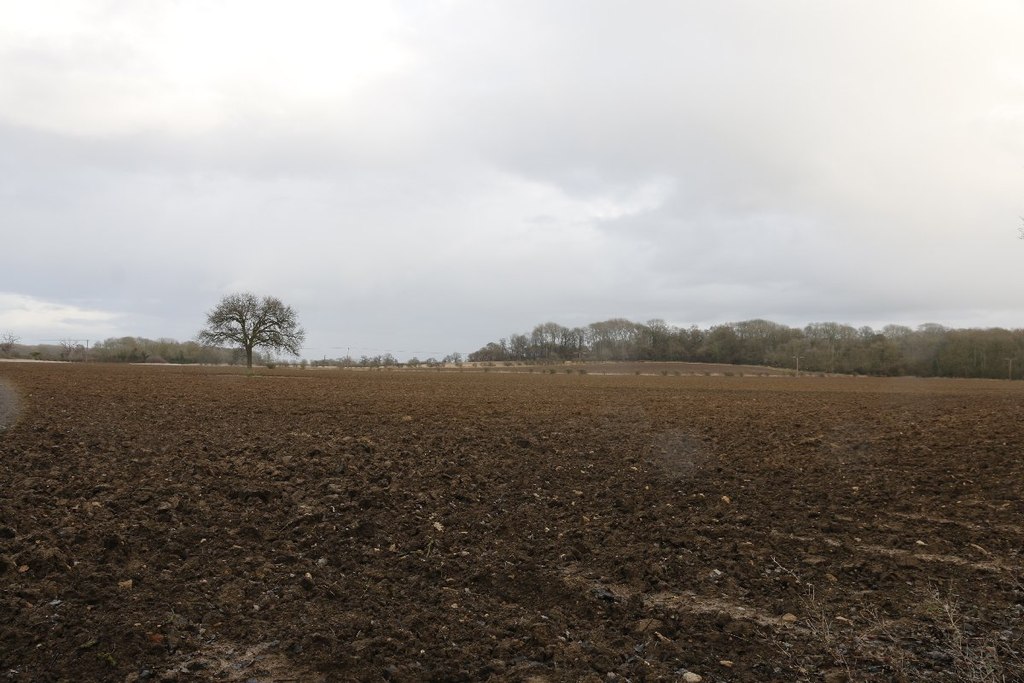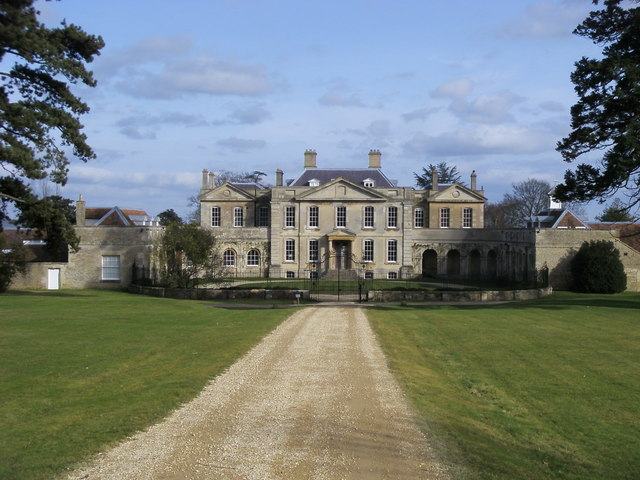Noke Wood
Wood, Forest in Oxfordshire Cherwell
England
Noke Wood

Noke Wood is a picturesque woodland located in Oxfordshire, England. Covering an area of approximately 20 hectares, it is a popular destination for nature lovers and outdoor enthusiasts. The wood is situated near the village of Noke, just a few miles northeast of Oxford city.
Noke Wood is predominantly composed of native broadleaf trees such as oak, beech, and birch, creating a diverse and vibrant ecosystem. The woodland floor is covered in a rich carpet of wildflowers and ferns during the spring and summer months, adding to its natural beauty. Numerous walking trails wind their way through the wood, allowing visitors to explore its enchanting surroundings.
The wood is home to a wide range of wildlife, including deer, foxes, badgers, and a variety of bird species. Birdwatchers can spot woodpeckers, owls, and songbirds amongst the tree canopies. Noke Wood also supports a diverse insect population, with butterflies and dragonflies being particularly abundant.
This tranquil woodland offers a peaceful retreat from the bustling city life and provides ample opportunities for recreational activities. Visitors can enjoy picnicking, wildlife observation, and photography. The wood is also a popular spot for nature education programs and guided walks, providing visitors with the opportunity to learn about the local flora and fauna.
Overall, Noke Wood is a hidden gem in Oxfordshire, offering a serene and picturesque natural environment for individuals to appreciate and enjoy the wonders of nature.
If you have any feedback on the listing, please let us know in the comments section below.
Noke Wood Images
Images are sourced within 2km of 51.799822/-1.19375 or Grid Reference SP5511. Thanks to Geograph Open Source API. All images are credited.
Noke Wood is located at Grid Ref: SP5511 (Lat: 51.799822, Lng: -1.19375)
Administrative County: Oxfordshire
District: Cherwell
Police Authority: Thames Valley
What 3 Words
///ferrying.committee.thanks. Near Oxford, Oxfordshire
Nearby Locations
Related Wikis
Beckley, Oxfordshire
Beckley is a village in the civil parish of Beckley and Stowood, in the South Oxfordshire district, in the county of Oxfordshire, England. It is about...
Oxford transmitting station
The Oxford transmitting station (sometimes known as the Beckley transmitter) is a broadcasting and telecommunications facility, situated on land 129.5...
Oxford Montessori Schools
Oxford Montessori Schools is a group of progressive, co-educational private schools based in and around Oxford, England. Founded in 1990, the Oxford Montessori...
Woodeaton Wood
Woodeaton Wood is a 14-hectare (35-acre) biological Site of Special Scientific Interest north of Oxford in Oxfordshire.This coppice with standards on calcareous...
Noke, Oxfordshire
Noke is a small village and civil parish in Oxfordshire about 5 miles (8 km) northeast of Oxford. It is on the southeast edge of Otmoor and is one of the...
Beckley Park
Beckley Park is an English country house located near the village of Beckley, in Oxfordshire, England. It was built in 1540 by Lord Williams of Thame,...
Woodperry House
Woodperry House is a Grade I listed building in Stanton St John, South Oxfordshire, England. Woodperry was built from 1728 for John Morse, a London goldsmith...
Elsfield
Elsfield is an English village and civil parish about 3 miles (5 km) northeast of the centre of Oxford. The village is 310 feet (94 m) above sea level...
Nearby Amenities
Located within 500m of 51.799822,-1.19375Have you been to Noke Wood?
Leave your review of Noke Wood below (or comments, questions and feedback).








![Bench along a bridleway, RSPB Otmoor Installed in memory of Barbara Joan Austin [1929 - 2004]. Ot Moor was first drained in 1816 and had been divided up into fields by 1830. Since 1997 the RSPB have been recreating wetlands here.](https://s1.geograph.org.uk/geophotos/07/17/76/7177641_4b711aa2.jpg)











